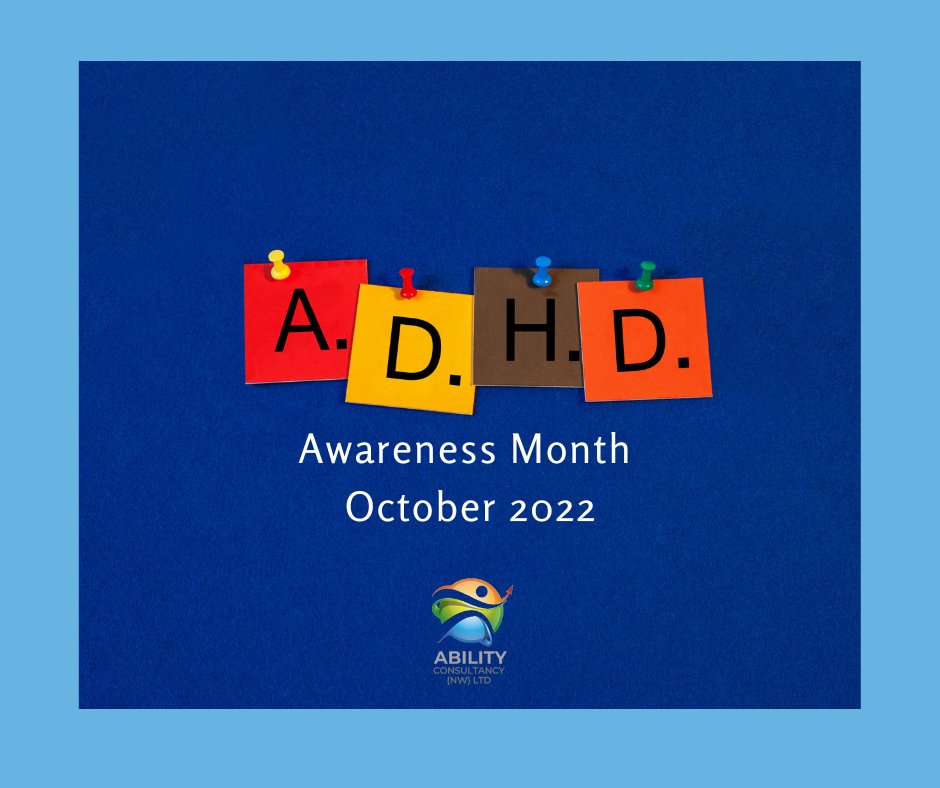Attention Deficit Hyperactivity Disorder (ADHD) has long been perceived as a hindrance, especially in professional environments that demand focus and discipline. However, in recent years, there has been a growing recognition of the unique strengths that individuals with ADHD bring to certain fields, particularly the creative industries. This essay aims to explore the intersection of symptoms ADHD and creativity, examining how ADHD traits can be harnessed as assets in creative professions, and how breaking conventional boundaries can lead to innovation and success.
Understanding ADHD in the Context of Creativity
ADHD is a neurodevelopmental disorder characterized by symptoms such as impulsivity, hyperactivity, and difficulty sustaining attention. Traditionally, these traits have been viewed as liabilities in conventional work settings where structured tasks and prolonged focus are essential. However, in creative industries such as art, design, writing, and advertising, these very traits can provide a unique advantage.
One key aspect of ADHD is divergent thinking, the ability to generate a variety of ideas in response to a stimulus. Creative fields thrive on innovation and originality, making individuals with ADHD well-suited to brainstorming and problem-solving tasks. Their propensity for unconventional thinking allows them to approach challenges from unexpected angles, often leading to breakthrough ideas.
Moreover, individuals with ADHD often possess high levels of energy and a restless drive for novelty and excitement. While this can manifest as distractibility in mundane tasks, it also fuels a relentless pursuit of creative endeavors. In creative industries where experimentation and risk-taking are valued, this natural inclination towards exploration can be a powerful asset.
Challenges and Opportunities
Despite the potential advantages that ADHD confers in creative professions, it is not without its challenges. The same impulsivity and difficulty with organization that can spur creative thinking may also lead to inconsistency and difficulty with project management. Additionally, the stigma surrounding ADHD can contribute to feelings of inadequacy and self-doubt, especially in environments where neurotypical traits are prioritized.
However, with proper understanding and support, individuals with ADHD can thrive in creative roles. Flexible work environments that allow for autonomy and accommodate different working styles can enable individuals with ADHD to capitalize on their strengths while minimizing the impact of their challenges. Furthermore, strategies such as breaking tasks into smaller, more manageable components and leveraging tools for organization and time management can help mitigate the difficulties associated with ADHD.
Case Studies
Numerous examples illustrate the success of individuals with ADHD in creative industries. Take, for instance, the acclaimed filmmaker Steven Spielberg, who has spoken openly about his ADHD diagnosis. Spielberg’s ability to hyperfocal on his creative vision while delegating logistical details to his team has been instrumental in his prolific career.
Similarly, fashion designer Tommy Hilfiger has attributed his ADHD to his relentless pursuit of innovation in the fashion world. His ability to think outside the box and embrace risk-taking has set him apart in an industry known for its fast-paced and ever-changing nature.
In the realm of literature, author Virginia Woolf is believed to have exhibited symptoms of ADHD, yet her unorthodox writing style and stream-of-consciousness narrative revolutionized the literary landscape.
These examples demonstrate that ADHD can be a catalyst for creativity and innovation when embraced and supported rather than stigmatized.
The Role of Diversity in Creativity
Embracing neurodiversity, including management ADHD, in the creative industries not only benefits individuals with ADHD but also contributes to a more vibrant and innovative creative landscape overall. By fostering environments that value different ways of thinking and problem-solving, creative organizations can tap into a broader range of perspectives and ideas.
Moreover, accommodating neurodiversity can lead to more inclusive and equitable workplaces, where individuals are judged based on their contributions rather than their adherence to traditional norms of behavior and productivity.
Conclusion
In conclusion, the intersection of ADHD and creativity challenges conventional notions of productivity and success in the workplace. While individuals with ADHD may face unique challenges in traditional settings, their divergent thinking, boundless energy, and propensity for innovation make them valuable assets in creative industries. By recognizing and embracing neurodiversity, creative organizations can harness the full potential of individuals with ADHD, fostering environments where innovation thrives and conventional boundaries are continually pushed. As society continues to evolve, it’s imperative to celebrate and leverage the unique strengths of all individuals, regardless of neurological differences, to drive progress and innovation forward.
